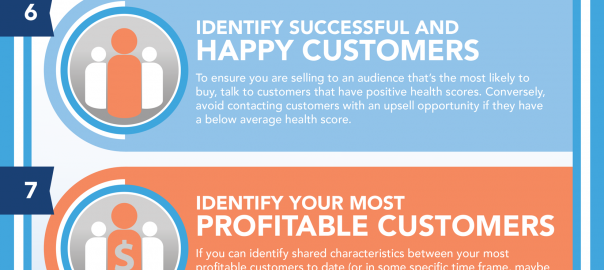Ask a group of 10 people to define “Customer Success Management” (CSM), you’ll get 10 different answers. But for our purposes here, I’ll define CSM as the practice of using data and systems to proactively help your customers achieve success with your product or service.
And in today’s subscription-based, recurring-revenue business environment – where the barriers to adoption of new products are super-low… and so are the barriers to leaving – it’s easy to see why CSM is rapidly becoming a primary focal point.
The Software-as-a-Service (SaaS) business has brought about many innovations, and one of those is that customers can easily onboard new products and services. However, the converse is also true: companies can just as easily disengage from a subscription-based relationship. The barriers to churn are lower than ever.
SaaS companies recognize that the potential of an operationalized CSM program in reducing churn cannot be overestimated; but more and more companies are seeing the potential for these systems on the expansion side of revenue, too.
Just like operationalizing churn mitigation, it is also possible to operationalize upselling – a concept which, though laden with opportunity, is all-too-often overlooked.
For SaaS vendors, upselling means that their customers consume more of what they are already buying; and pay more for the privilege. According to 2014 a survey conducted by Pacific Crest Securities, the fastest-growing SaaS companies add three times more Annual Contract Value (ACV) from upsells than slower-growing companies. Upselling accelerates growth, expands customer lifetime value and increases efficiency in acquisition spend, whether the organization has 10 or 1,000 customers.
If upselling is a focus for your company–and it probably should be–it is important to understand who owns the process, as well as when and how they do it. This is virtually impossible without a strong, operationalized CSM program, designed to resonate through every level of your organization.
Customer Success should be part of your organization’s DNA, so that customer pain points are understood equally by sales, engineering and product development teams; and the management of your company’s Customer Success initiative should be operationalized.
Putting your customers’ success front and center, creating a CSM initiative around that, and operationalizing that initiative by implementing purpose-built systems isn’t just a nice-to-have anymore; it’s the key to your success.
A well-executed CSM program means that every customer interaction with your company will contribute to the growth of your business, fostering an environment where upselling is a natural, organic outcome.
(270)








